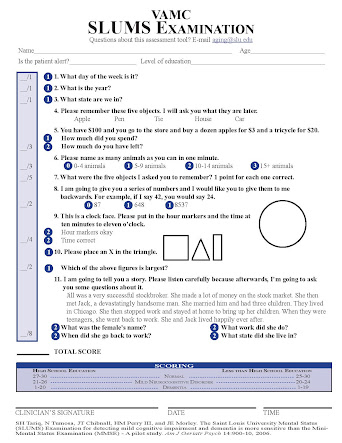Posture and Body Mechanics
Posture and Body Mechanics - Biomechanics Blog 5
In the picture below, is my 1st cousin, Cori. Cori is a very sassy 4-year-old, as I am sure you can tell! Pediatrics isn’t an area I have had a lot of experience observing, so I thought analyzing this photo for the blog would be a good educational moment for myself. This is because children are constantly growing and changing which makes this picture with the car seat so much more interesting to dissect.
 |
| My Girl, Cori!💕 |
As for Cori’s shoulders, if you look, she has on the proper car seating seat belt which allows her thoracic region to stay in the proper optimal sitting position and her scapula to be supported by the extra cushion nearing the top of the cervical spine down the thoracic spine. You can tell from the picture that this position is comfortable because she is able to move her arms and head freely. The shoulder is flexed in the sagittal plane and the head is rotated in the transverse plane. The pose she is demonstrating is called, “Ry Ry, this is not peace! It is scissors!”.
The position is very stable – that’s why car seats are required. If her ankles were supported in 90˚ of dorsiflexion and the pelvis was a little more in an anterior pelvic tilt, this would be optimal position for getting ready to be mobile. This position is going to be very difficult to get out of, especially for a 4 year old with not very strong trunk control. She will need assistance from an adult to pull her out of this position in the car seat. The way we know this position is stable is because the base of support is very large. It begins at the area in the cervical region where the head/neck is supported and supports her body all the way down to her tiny popliteal fossa area. As stated in the paragraph above, you can see from the sassy peace sign her UE are very free for movement in the sagittal plane and also in the frontal plane. The only limitation of the UE would be for shoulder extension due to the car seat and seatbelt holding her thoracic cavity back. This position of the car seat does support proper postural alignment; however, since the pelvis is in a slight posterior pelvic tilt this can place extra pressure on the ischial tuberosity. If seated for too long in this position, it can lead to a stage one pressure ulcer and even put strain on the lumbar and sacral portions of the spine. In my opinion, I believe after an hour, even in optimal sitting position, anyone will begin to get uncomfortable. I think that especially for a child who is growing, letting them out of the car seat every hour to hour and a half is important to relieve ischial tuberosity pressure and to allow them to stretch their spine, legs and get some more blood flow to their ankles.
 |
| Johnathan and Hayes 😎 guess Johnathan's posture! |

 |
| Tiana doing some coloring! 💛 |


Comments
Post a Comment